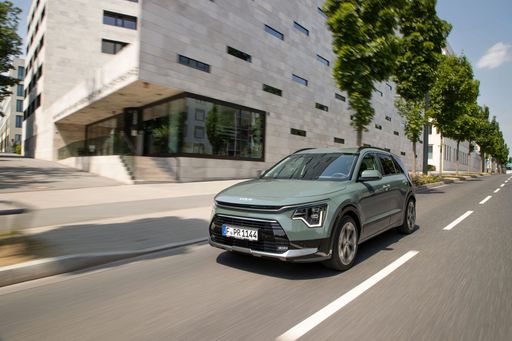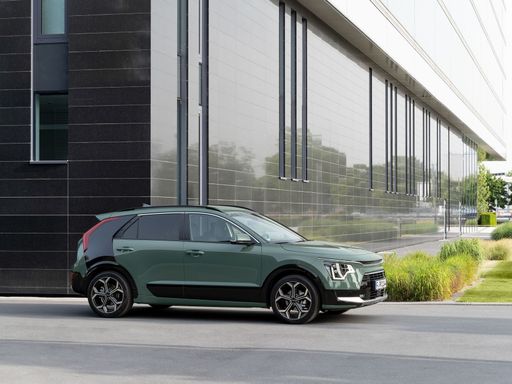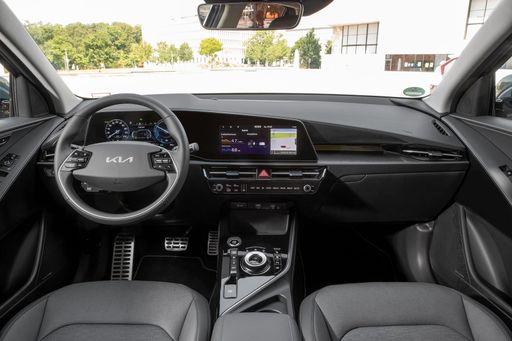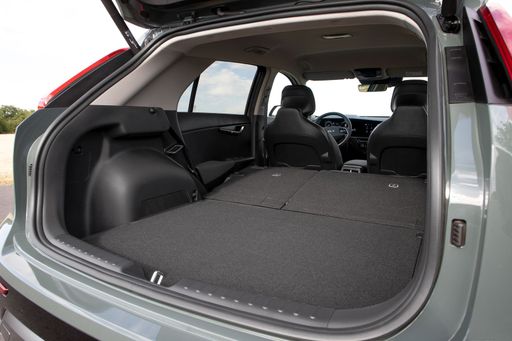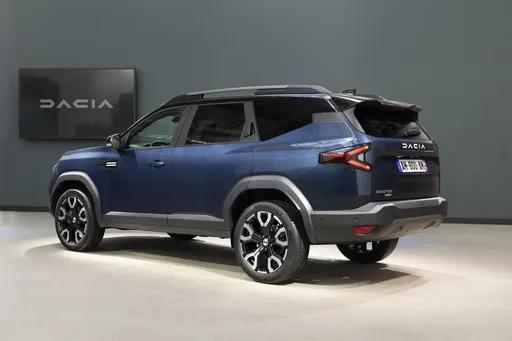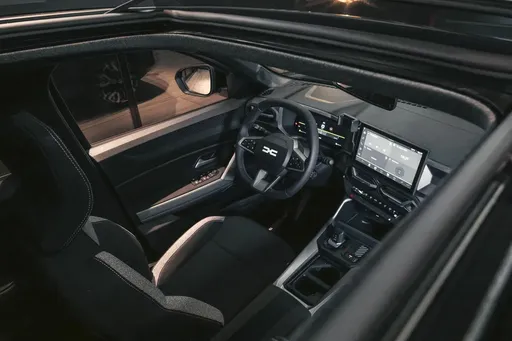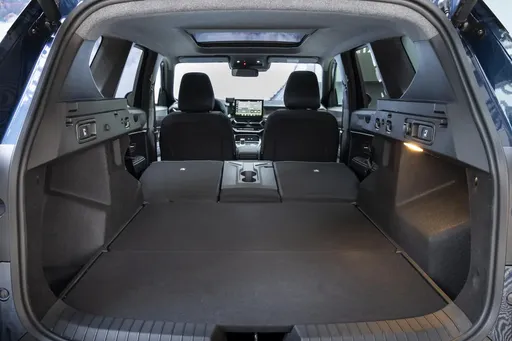Clash of the Affordable SUVs: Kia Niro vs. Dacia Bigster
The SUV market is rife with choices, yet the Kia Niro and the upcoming Dacia Bigster stand out as affordable yet innovative options for the conscientious buyer. Both models, the Niro with its eco-friendly appeal and the Bigster with its rugged versatility, offer unique advantages. Let's delve into a detailed comparison, analyzing their technical specifications and innovations.

